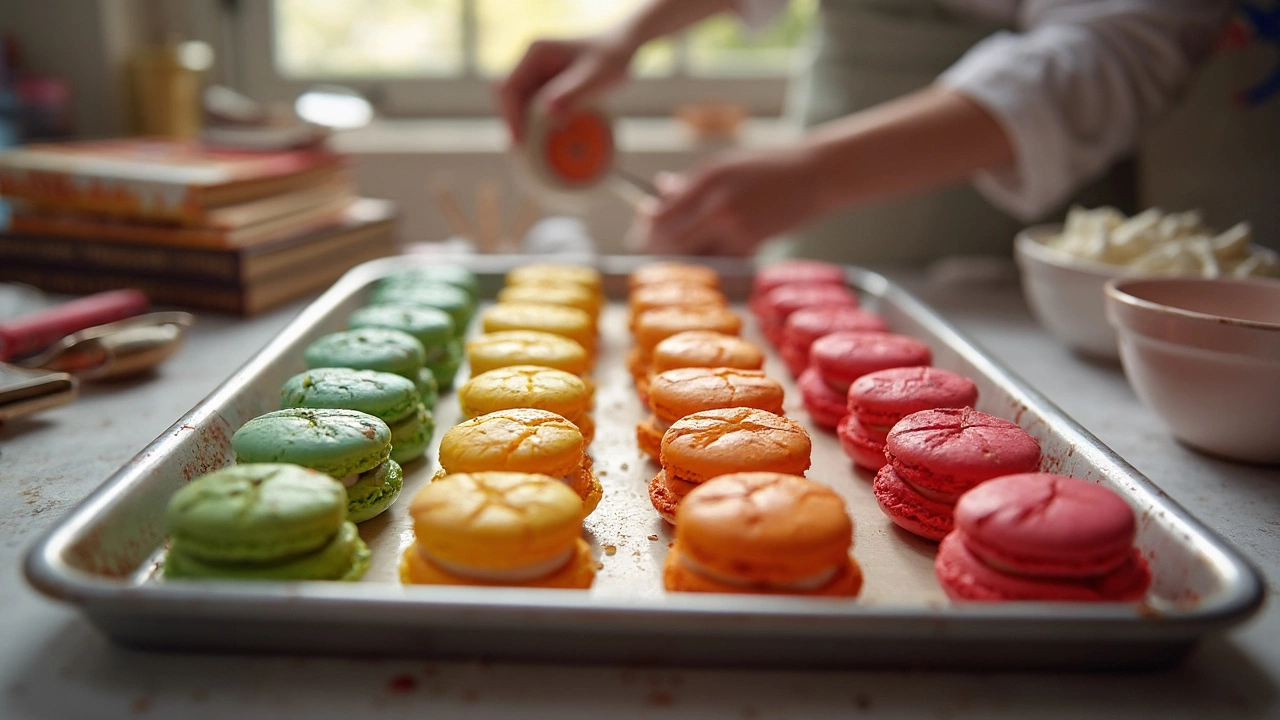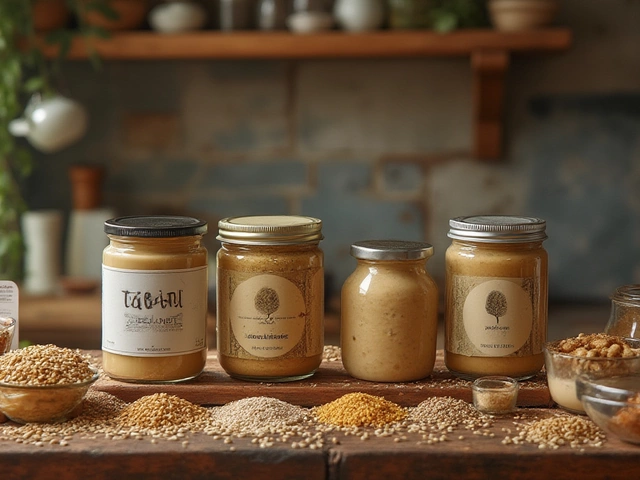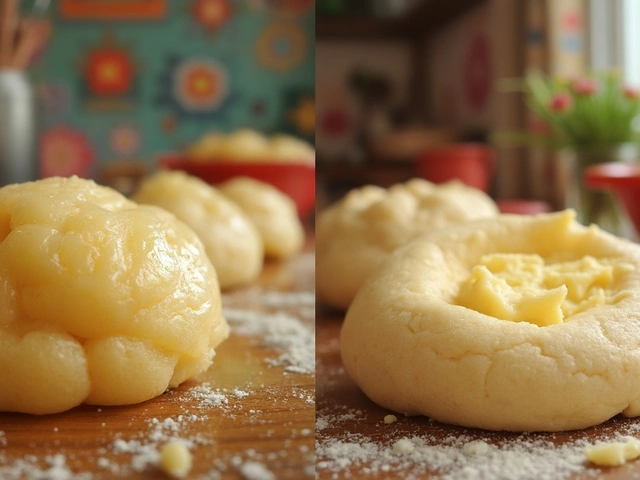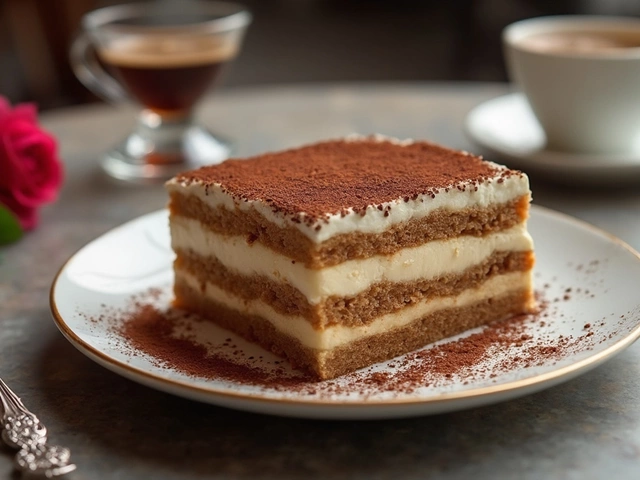Macaron Cracks: Quick Fixes for Perfect French Macarons
If you’ve ever opened a batch and found a cracked shell, you know the frustration. Cracked macarons aren’t just ugly – they can affect texture and taste. The good news? Most cracks are caused by a few common mistakes, and fixing them is simpler than you think.
Why Do Macarons Crack?
Cracks usually appear during the baking stage. Too much heat, uneven oven temperature, or under‑mixed batter can all create stress on the delicate shells. Another culprit is over‑whipping the meringue. When the batter is too stiff, it expands too fast in the oven and the top splits. Even the type of baking sheet matters – a dark tray can brown the bottom too quickly, forcing the top to crack.
Simple Fixes to Stop Cracking
First, check your oven. Use an oven thermometer to make sure the temperature is accurate. Aim for a steady 150 °C (300 °F) for most macarons. If you have a convection setting, lower the temp by about 10 °C. Next, focus on the batter. When you fold the almond‑flour mixture into the meringue, stop as soon as the batter flows like lava – you should be able to lift the spatula and see a smooth ribbon.
Let the piped shells rest on the tray for 30‑45 minutes before baking. You’re looking for a dry skin that doesn’t stick to your finger when you touch it lightly. This “macaronage” rest helps the shells develop a thin film, reducing the chance of cracks.
If cracks still appear, try using a silicone baking mat or parchment paper on a light-colored tray. This gives the shells a gentler heat from the bottom. Also, avoid opening the oven door in the first 10 minutes; an early burst of steam can cause sudden expansion and cracking.
Finally, if you end up with a cracked shell, don’t toss it. Fill the shell with extra buttercream or ganache, and the crack can become a decorative feature. Many bakers even intentionally make a tiny crack for a rustic look.
With these tweaks – accurate temperature, careful mixing, proper resting, and the right bakeware – your macarons will stay smooth, glossy, and crack‑free. Experiment with one change at a time, note the results, and soon you’ll be serving flawless French macarons that look as good as they taste.

Why Do Macarons Crack? The Science Behind Those Pesky Shells
Cracked macarons can ruin even the most careful baker's day. This article explains exactly why macarons crack during baking, with details about common mistakes and the science behind them. You'll discover practical tips to avoid mistakes like overmixing, wrong oven temperature, or using the wrong meringue method. Get specific advice to help your macarons come out of the oven with smooth, flawless shells. Real kitchen-tested fixes, backed by hands-on experience, make this guide extra practical.
View More




